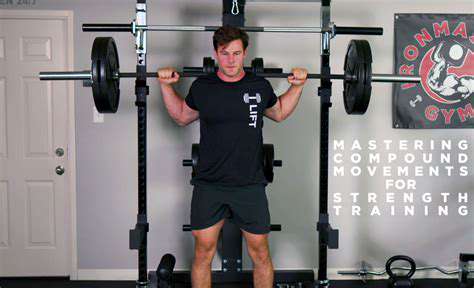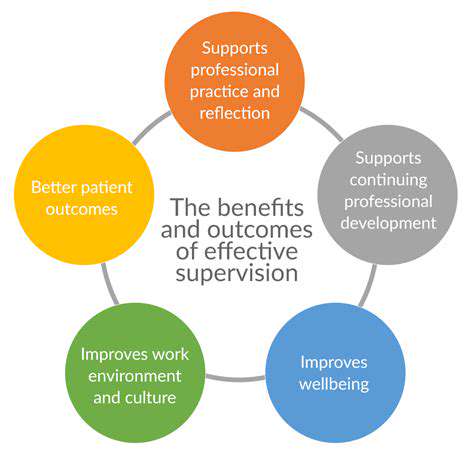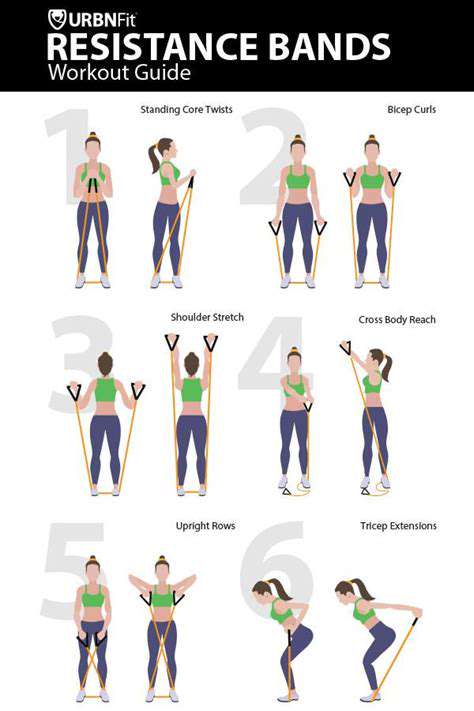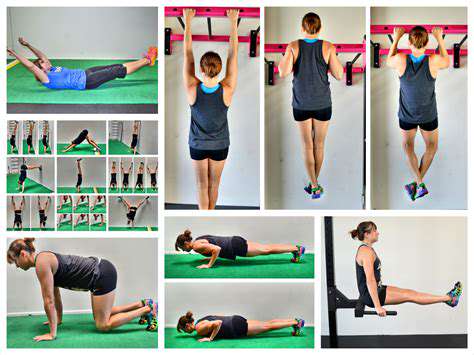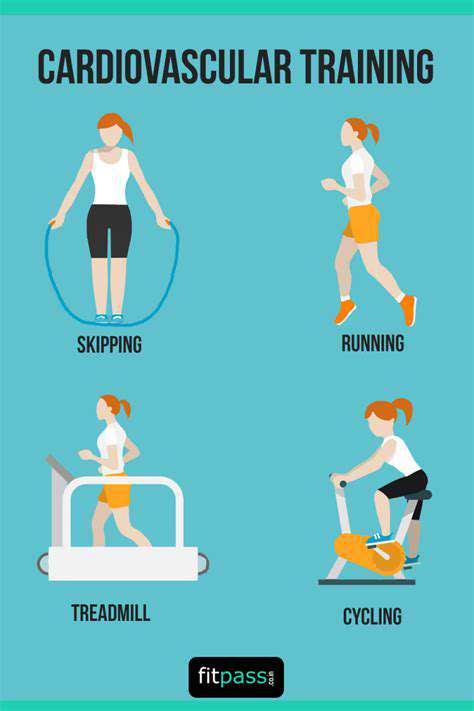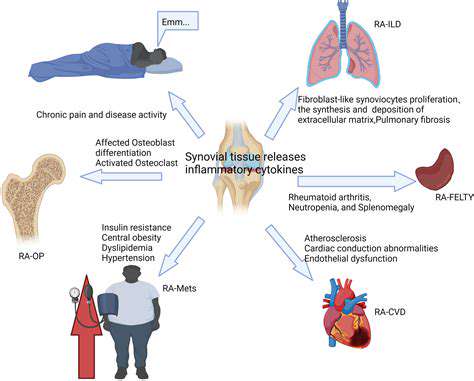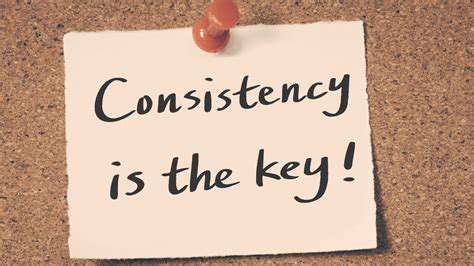Proper Form in Senior Strength Training: Protecting Your Bones
The Crucial Role of Proper Form in Senior Fitness
Understanding the Importance of Form
Proper form in senior fitness is not just about looking good; it's fundamentally about maximizing safety and effectiveness. Ignoring proper form can lead to injuries that significantly impact a senior's ability to maintain an active and independent lifestyle. It's crucial to understand that each exercise, from simple stretches to more complex weightlifting routines, has a specific biomechanical pattern that minimizes strain on joints and maximizes muscle engagement. This understanding is key to preventing falls and injuries, and preserving mobility for years to come.
Focusing on proper form ensures that exercises target the intended muscles, leading to better results. This is particularly important for seniors who may be experiencing muscle loss or decreased flexibility. Correct form also helps distribute the load evenly across the body, protecting joints like knees, hips, and spine from unnecessary stress, a critical factor in preventing osteoarthritis and other age-related joint issues.
Preventing Injuries through Correct Form
Incorrect form during exercises can lead to a cascade of injuries. For example, rounding the back during squats can put undue pressure on the spine, increasing the risk of herniated discs or other spinal problems. Similarly, using poor posture during bench press can lead to shoulder pain and impingement. The consequences can range from minor discomfort to serious, long-lasting injuries. Understanding proper form is the first line of defense against these potential pitfalls.
Maintaining proper form is a proactive approach to injury prevention. By consciously focusing on the correct alignment and movement patterns, seniors can significantly reduce the risk of falls, strains, and sprains. This proactive approach is crucial for maintaining independence and a high quality of life. Regular check-ins with a qualified fitness professional can help identify any subtle postural issues or weaknesses that could contribute to injury.
Tailoring Exercises to Individual Needs
Every senior is unique, with varying levels of physical ability, health conditions, and joint mobility. A crucial aspect of maintaining proper form is adapting exercises to the individual. This might involve modifying the range of motion, adjusting the weight used, or incorporating assistive devices like resistance bands or supportive cushions. Tailoring exercises to individual needs ensures that the exercises are both challenging and safe.
Working with a qualified fitness professional is essential in this process. They can assess individual limitations and tailor exercises accordingly. This personalized approach leads to a more effective workout and significantly reduces the risk of injury. The professional can offer guidance on proper form and modifications to make exercises accessible and effective for each individual.
The Role of Flexibility and Balance
Maintaining flexibility and balance is crucial for maintaining proper form in exercises. Exercises that improve flexibility, such as stretching and yoga, are important for preparing the body for movement and maintaining a full range of motion. This allows seniors to perform exercises with greater ease and control, reducing the risk of injury and maximizing effectiveness.
Exercises that improve balance, such as standing on one leg or heel raises, are equally important. Strong balance is essential for maintaining stability during exercises and reducing the risk of falls. These exercises, performed correctly, can help seniors maintain their independence and safety in daily activities.
Monitoring Progress and Adjusting as Needed
Progress in senior fitness should be monitored regularly. This includes tracking the ability to perform exercises with proper form, assessing improvements in strength, and noting any changes in flexibility and balance. Regularly evaluating progress is essential for ensuring that exercises remain challenging and effective.
Seeking Professional Guidance
The importance of seeking professional guidance cannot be overstated. Fitness professionals, including certified personal trainers and physical therapists, possess the expertise and knowledge to guide seniors through the proper execution of exercises, ensuring optimal safety and effectiveness. They can assess individual needs and provide personalized training plans that prioritize proper form and prevent injuries.
This professional guidance allows seniors to make informed decisions about their fitness routines, ensuring they are performing exercises safely and effectively. It can also address any underlying health concerns that could impact exercise routines, enabling personalized adjustments to exercises and leading to better outcomes.
The Long-Term Benefits of Proper Form
Adopting proper form in senior fitness has far-reaching positive impacts on overall health and well-being. It not only reduces the risk of injuries but also enhances mobility, improves strength, and boosts confidence. This, in turn, allows seniors to enjoy a higher quality of life, maintaining independence and participating in activities they love.
The commitment to proper form is a testament to a proactive approach to aging. It empowers seniors to take control of their health and well-being, leading to a more active and fulfilling life. Proper form is not just about the exercise; it's about maximizing the benefits and minimizing the risks, ensuring a safe and effective journey to a healthier and more independent future.
